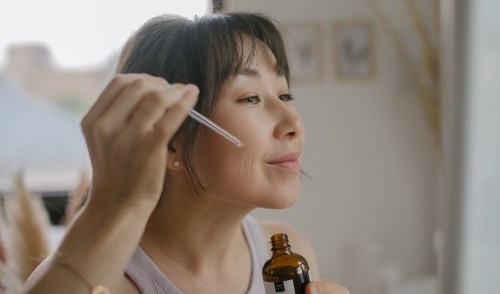Our editors independently select these products. Making a purchase through our links may earn Well+Good a commission
It often feels as though your skin-care routine’s primary goals are strictly aesthetic—to banish breakouts, smooth wrinkles, reduce discoloration, et cetera. But while these are certainly welcome benefits, your routine’s true purpose is to support your skin’s role as a barrier between your body and the outside world, and that means nourishing all three of its lines of defense.
Experts in This Article
Dr. Carl R. Thornfeldt is a Clinical Dermatologist and Founder of Episciences, and creator of Epionce.
Georgia Louise is a celebrity facialist with over 25 years of experience.
board-certified dermatologist and founder of Dr. Loretta Skincare
board-certified dermatologist at Skin &
Within the stratum corneum (aka the top layer of your skin), there are three protective layers, each of which works differently to defend against environmental stressors like pollution, pathogens, and UV damage. The microbiome protects the body from an overgrowth of bad bacteria, the acid mantle keeps our pH levels in check, and the lipid barrier traps moisture to keep skin hydrated.
“These three components of the upper layers of our skin act as a protective shield to prevent damage from environmental aggressors like UV and pollution as well as from infection with bacteria or other microbes including yeast and fungus,” says Loretta Ciraldo MD FAAD, a Miami-based board-certified dermatologist and founder of Dr. Loretta Skincare. She explains that each layer has a specific job that the other layers simply can’t do.
Think of these layers as different departments working for the same company: the marketing department likely wouldn’t be able to do the finance department’s job, nor can the finance department take on the responsibilities of the production team. They all do different jobs, but if one of the teams were nixed, the whole company might fall apart. The same goes for your skin—if one layer stops working, the others can’t do their jobs.
“Our skin is our largest organ and is always under attack from external aggressors, bacteria, fungus, and viruses,” says Michelle Henry, MD, FAAD, a board-certified dermatologist in New York City. “Therefore, all three layers are critical to maintain the integrity of the skin barrier and allow the skin to function optimally and feel good.”
Below, the pros break down why it’s important to care for all three of your skin’s defensive layers, and share the products and practices that will keep your body’s “fortress” functioning at peak capacity.
1. Microbiome
What is the microbiome?
The skin’s microbiome is a collection of good bacteria, fungi, and viruses that live naturally on the skin’s surface. (Fun fact: this collection of microorganisms is called the microbiota!) Yes, these things all sound kind of scary, but they’re essential for your overall skin health.
“Many of [the bacteria, fungi, and viruses] can produce molecules which can protect the skin from dangerous pathogenic bacteria and viruses,” explains Dr. Henry.
This gives the microbiome the ability to fight harmful, outside pathogens with its own good bacteria, making the microbiome the skin’s first line of defense—and it’s not just the skin that it protects. “The microbiome protects us from an overgrowth of acne-producing bacteria, yeast, and more serious systemic infection since skin infection can spread into the bloodstream,” says Dr. Ciraldo. Think of the microbiome as little soldiers on your skin, always ready for the enemy’s attack.
How to protect the microbiome
Since the microbiome sits in the upper layers of the skin surface, “over-exfoliation, especially with physical scrubs, is a big culprit in destroying our skin’s microbiome,” says Dr. Ciraldo. Make sure to exfoliate your skin properly, and give your microbiome what it needs to thrive.
“I love using natural colostrum, which is the pre cow’s milk, to help reinforce, strengthen and rebalance the microbiome. My favorite products are the Environ Colostrum Gel and Environ Anti-pollution Drops,” says celebrity esthetician Georgia Louise.
In addition, you might want to stay away from probiotics in skin care. “The problem with many skin care lines that claim to have probiotics in them is that probiotics are not necessarily alive once the manufacturing process has happened,” says Carl Thornfeldt, MD, clinical dermatologist founder of Epionce. “If the probiotics are not alive and functioning properly, they could potentially be pro-inflammatory instead.”
Instead, look for formulas prebiotics, like selenium or oat extract, which are “essentially food that preferentially feeds good bacteria on the skin,” says Joshua Zeichner, MD, a board-certified dermatologist based in New York City.
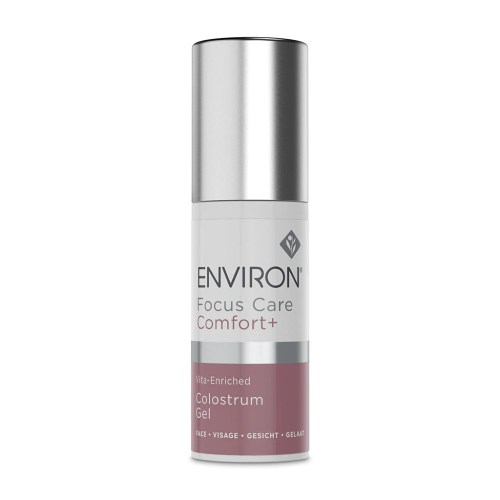
Environ Vita-Enriched Colostrum Gel — $68.00
Louise loves this professional-grade colostrum gel to fortify the microbiome and keep harmful bacteria at bay. But, this gel does so much more: it also contains glycerin and castor oil, which are crucial for keeping your complexion moisturized and dewy.
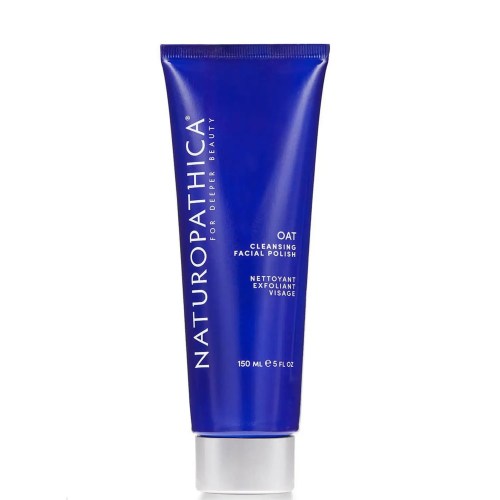
Naturopathica Oat Cleansing Facial Polish — $64.00
If you want to exfoliate your skin *without* disrupting your microbiome, give this facial polish a whirl. This exfoliator uses jojoba wax beads, which are biodegradable spheres that gently slough off dead skin cells, and oat beta-glucan and oat protein to help restore your microbiome.
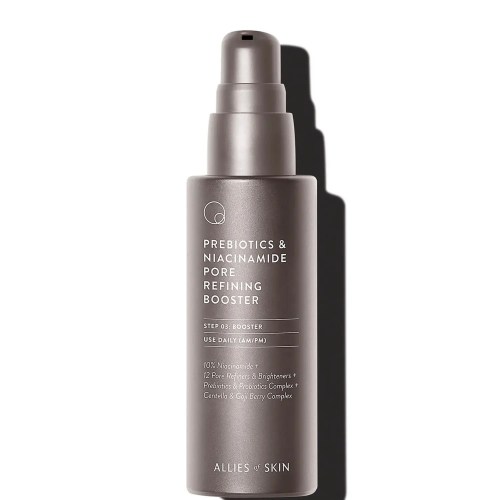
Allies of Skin Prebiotics Niacinamide Pre Refining Booster — $68.00
There is no reason why you should stop at the microbiome when protecting your skin. This serum contains both prebiotics to support your microbiome, and niacinamide, a potent antioxidant that’ll shield your skin from free radicals.
2. Acid mantle
What is the acid mantle?
Next up is the acid mantle—a thin, slightly acidic film over the skin. “It’s composed of oil, sebum, and many waxes that our skin creates,” says Dr. Henry. “The slightly acidic nature helps maintain our skin biome and protect the skin from pathogenic bacteria and aggressors.”
The acid mantle ensures that the skin sits at a healthy pH (typically around 4.5-5) to give the other defensive layers a hospitable environment where they can do their thing. If the pH were any higher or lower, the bacteria, fungi, and viruses wouldn’t be able to survive, meaning that they wouldn’t be alive to protect the skin.
How to protect the acid mantle
When your acid mantle is out of whack, it’s a sign that something has disrupted your skin’s natural pH, and can lead to concerns like acne and eczema.
“Certain skin care products and skin disease are the primary culprits at damaging acid mantle,” says Dr. Loretta. Soap is a common enemy, because it has an alkaline pH (usually between 11 and 14) that raises your skin pH. To avoid this, opt for a non-soap cleanser and stack the rest of your routine with pH-balanced formulas.
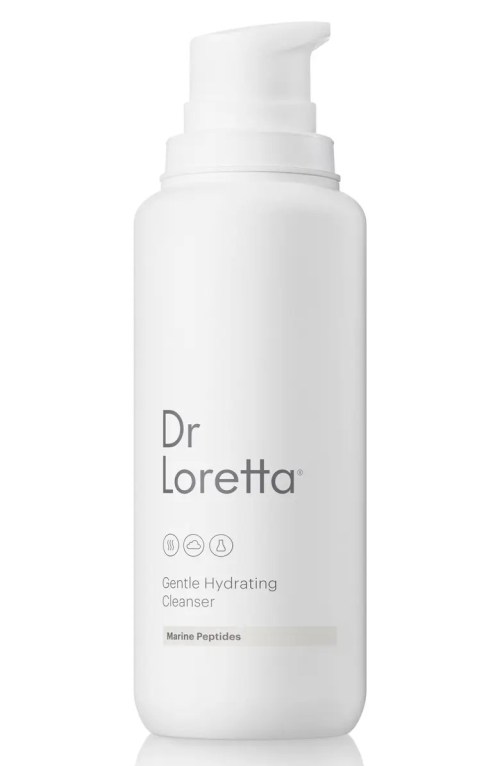
Dr. Loretta Gentle Hydrating Cleanser — $35.00
Sensitive-skinned folks, listen up: there *is* a way to get a deep clean without stripping your skin with a traditional cleanser. The secret? This gel cleanser. It removes makeup effortlessly and uses a marine align that can soak up pollution particles up to 30 times smaller than the pore. This admittedly sounds pretty aggressive, but with ingredients like peptides, chamomile, and ginger, this cleanser is safe to use on sensitive skin, easily sensitized skin, and even post-procedure skin.
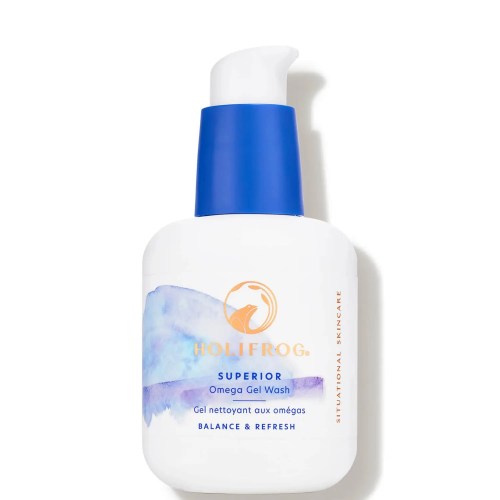
Holifrog Superior Omega Gel Wash — $32.00
If you’re looking for a cleanser that’ll restore your skin’s pH while adding a subtle glow to the complexion, try this non-stripping formula. It contains probacillus revive, lactobacillus, and black tea ferment to balance the skin’s pH while creating an environment where healthy microbes can thrive. Plus, it includes a slew of omega acids, making it great for those with dry skin.
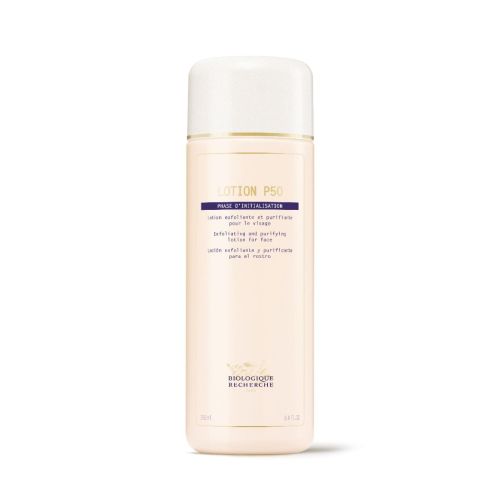
Biologique Recherche Lotion P50 — $32.00
Although exfoliation is a critical step in any skin-care routine, it can wreak havoc on the protective layers of the skin if it isn’t done correctly. This iconic lotion (one of Louise’s favorites) melts away dullness-and breakout-causing dead skin cells while balancing the skin’s pH, effectively restoring the acid mantle.
3. Lipid barrier
What is the lipid barrier?
Finally, there’s the lipid barrier (often referred to as the “moisture” barrier) which is made up of naturally-occurring fats, like ceramides and cholesterol. If you think of your skin cells as bricks, these fats are the mortar that holds them together, creating a sort of “wall” that keeps moisture in and pathogens out.
“The lipid barrier functions to waterproof the skin,” says Dr. Henry. “Lipids, like ceramides, envelop the skin cells to create a waterproof barrier that allows the skin to be breathable but keeps the bad things out.”
Without the lipid barrier, hydration from the deepest layers of the skin would evaporate (literally) into thin air, and your skin would be susceptible to all sorts of damage.
How to protect the lipid barrier
Of all the defense layers, Dr. Loretta notes that damage to the lipid barrier is the most notable. If yours is compromised, you’ll likely see visible changes like dryness and flaking.
Overexfoliation tends to be the biggest culprit here, too, because it strips the lipid barrier. According to Dr. Loretta, when this happens skin “will look drier and lines and other imperfections, including uneven pigment will be exaggerated.”
To remedy the situation, Louise recommends including omega fatty acids and ceramides into your skin-care routine.

Georgia Louise Vital Finishing Serum — $155.00
If you’re a minimalist in the market for a product that can do it all, you’ll want to try Georgia Louise’s deeply moisturizing serum. This product contains plant glycoceramides, natural lipids, and cholesterol to restore moisture to the lipid barrier, while vitamin E moisturizes the skin and protects it from free radicals.
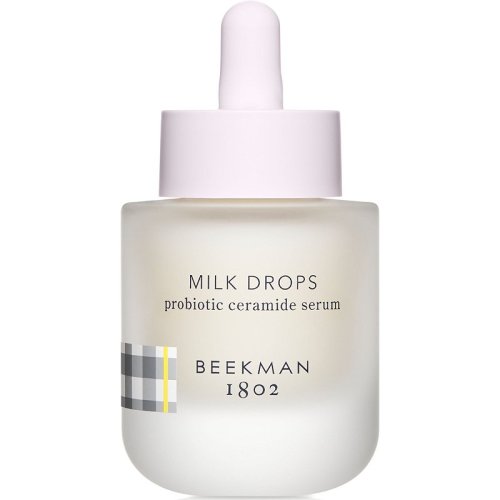
Beekman 1802 Milk Drops Ceramide Serum — $45.00
Get you a serum that can do both. This serum contains probiotic extracts from goat milk to help build the microbiome, while ceramides and squalane strengthen the lipid barrier. Plus, this serum has a radiance-enhancing cocktail of enzymes that eat away at dead skin cells and hyaluronic acid to plump lackluster skin. So maybe this serum can do more than “both”— it can do it all.
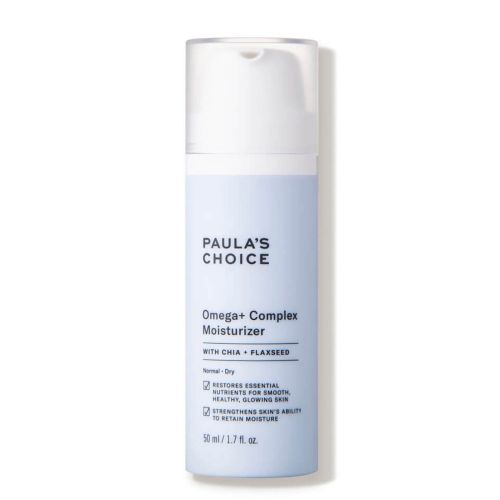
Paula’s Choice Omega+ Complex Moisturizer — $29.00
If you have combination skin, you might have a natural inclination to steer clear of thick, heavy creams, even if they’re key for restoring your lipid barrier. This cream is perfect for those with oily-and-dry complexions since it has a whipped texture that feels lightweight but is still ultra-hydrating. It’s the ideal choice for introducing omegas 3, 6, and 9 to your routine without ever feeling too slick.
Want even more beauty intel from our editors? Follow our Fineprint Instagram account for must-know tips and tricks.
Sign up for the Well+Good SHOP Newsletter
Get exclusive deals on wellness, beauty, fitness, and food products that have been hand-picked by our editors.
Got it, you've been added to our email list.
